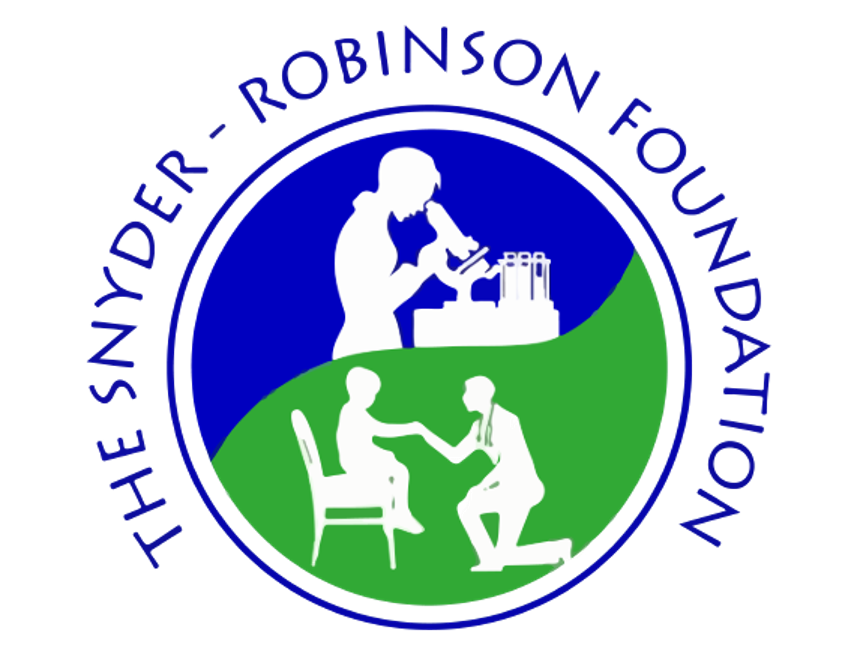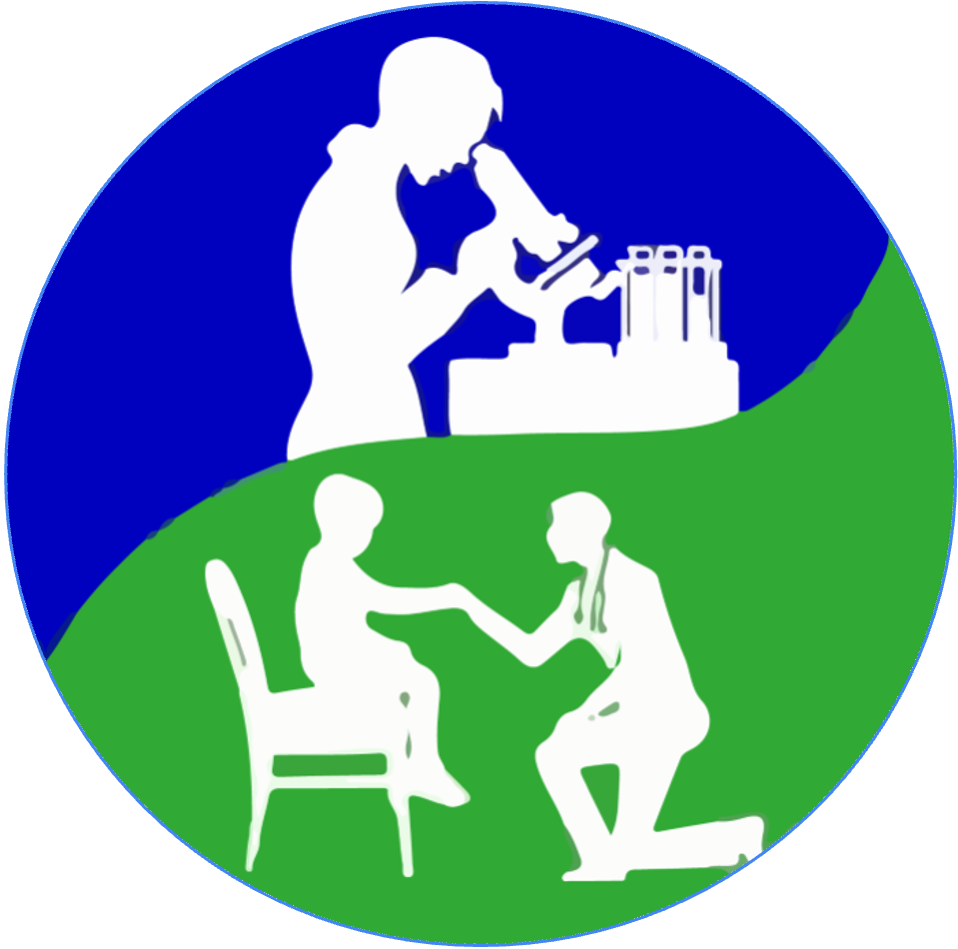In Vivo Consequences of Polyamine Imbalance
-
Snyder-Robinson Syndrome can be studied using Drosophila, (also known as the fruit fly) to understand mechanisms of SRS. SRS affects many systems in the body, primarily the nervous system. Dr. Zhai’s research interest is in neurodegenerative disease and disease progression. There are several reasons Drosophila is a good model to study problems in SRS:
-Short lifespan, easy to study in the laboratory – it doesn’t take two years to study
-A lot of genetic tools are available to study Drosophila. Drosophila shares 75% of its genes with humans. Over 60% of the spermine synthase (SMS) gene is shared between Drosophila and humans. SMS is on the third chromosome in Drosophila, but it is on the X chromosome in humans.
-Behavior can be easily studied in Drosophila – ability to climb shows the health of the nervous system. Climbing requires the flies to detect light, sense gravity and climb against gravity. When SMS is not working, the fruit flies are not able to climb as well as healthy flies.
-Complex nervous system – they have a brain and ventral nerve cord which is similar to a brain and spinal cord in humans.
-Imaging at single cell resolution – a single neuron (brain cell( can be viewed under a microscope by using a chemical to make it glow.
-Ability to study the entire nervous system
Dr. Zhai and her lab team studied the retina in Drosophila. The retina is part of the nervous system and is found in the back of the eye in humans. In the SRS Drosophila, the retina was damaged over their 30 day life span. Scientists could see this by using a special device called an electroretinogram. The flies were not able to sense light or send the signals to the brain. This models what happens in humans.
SMS is an enzyme that converts spermidine to spermine. When SMS isn’t functioning, scientists expect to see a lower amount of spermine and higher amount of spermidine. This would result in an abnormal ratio of spermine to spermidine. When Dr. Zhai’s team tested these amounts, they found the spermine wasn’t as low as they expected, but spermidine was high as they expected. But the ratio was still abnormal. They found that a high amount of spermidne caused the following:
-Reactive Oxygen Species (ROS) which are harmful in large amounts. They found harmful chemicals called hydrogen peroxide and reactive aldehydes. Both were found in high levels in the Drosophila
-The SRS Drosophila brain was smaller than the healthy brain
-Mitochondria were not functioning properly. The mitochondria are small units found inside the cell and are responsible for generating energy. To show this, they found a tiny part of the mitochondria called complex 4 was low in Drosophila brain and flight muscles.
-SRS cells often use a method called glycolysis to generate energy. Glycolysis forms much less energy than the mitochondria. This was also found in SRS cells from 14 patients. Zhai and her team thought this might be the reason they found high levels of ROS. They treated the flies with genetic methods as well as feeding with antioxidants. Both methods showed lower levels of ROS.
-Zhai’s lab also found another harmful chemical called an aldehyde which is trapped in another small unit of the cell called the lysosome. The lysosome is like the trash can in the cell. It gets rid of broken components. In the SRS Drosophila cells, researchers found that enzymes which help the lysosome process the cellular trash are more spread out and not mature. SRS patient cells show abnormal shapes of lysosomes. This means that the trash might be spilling into the rest of the cell. They aren’t working right. In healthy cells these enzymes should be in the lysosomal membrane, but in SRS they are on the outside of the membrane. (Think of a membrane as a shell.) When these enzymes are on the outside, lysosomes aren’t working or allowing the transfer of chemicals from one nerve end to another. This transfer is called a synapse.
A healthy nerve end is full of small sacs called synaptic vesicles. In SRS, the abnormal lysosome causes problems with the synapse, also called membrane trafficking. Membrane trafficking is important in other areas of the body as well, including bone. This could be playing a role in osteoporosis, which is a problem in SRS. Membrane trafficking is also important for lungs to help fight infections. Findings in these flies can also be explained in other systems.
Antioxidants and genetic approaches have reduced ROS in the laboratory.
Future targets to treat these problems include:
-Consider aldehyde neutralizing drugs –- these are being tested now.
-Consider treating the lysosome by using a medicine to block lysosomal enzymes.
Grace has a PhD in Neurobiology from the University of Alabama and was a Postdoctoral Associate at Baylor College of Medicine, Houston, where she worked with Professor Hugo Bellen one of the world’s premier researchers in Drosophila genetics. She is also the SRF 2019 Snyder-Robinson Syndrome Outstanding Researcher award winner.
About the Presenter
-
Grace Zhai, PhD is an Associate Professor in the Department of Molecular and Cellular Pharmacology and Senior Associate Dean for Basic Science Research at Miller School of Medicine, University of Miami. She studies fruit flies (Drosophila) as an animal model of neurodegenerative diseases. Her laboratory uses genetic and molecular biological approaches to study neural degeneration and protection. She has published an important study on SRS using this model in which she showed that mutation in the spermine synthase gene in Drosophila produces a pathological polyamine imbalance leading to survival defects and synaptic degeneration. She was able to link this to excessive spermidine catabolism, which generates toxic metabolites that cause lysosomal defects and oxidative stress. This work suggests that antioxidants may be useful in some SRS Patients and she will discuss the continuation of this work in her presentation.
Grace has a PhD in Neurobiology from the University of Alabama and was a Postdoctoral Associate at Baylor College of Medicine, Houston, where she worked with Professor Hugo Bellen one of the world’s premier researchers in Drosophila genetics. She is also the SRF 2019 Snyder-Robinson Syndrome Outstanding Researcher award winner.

